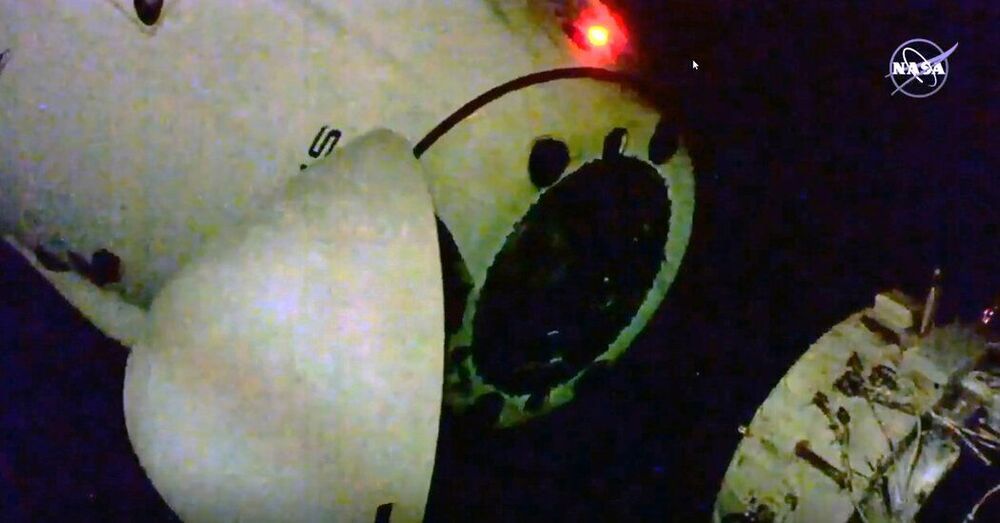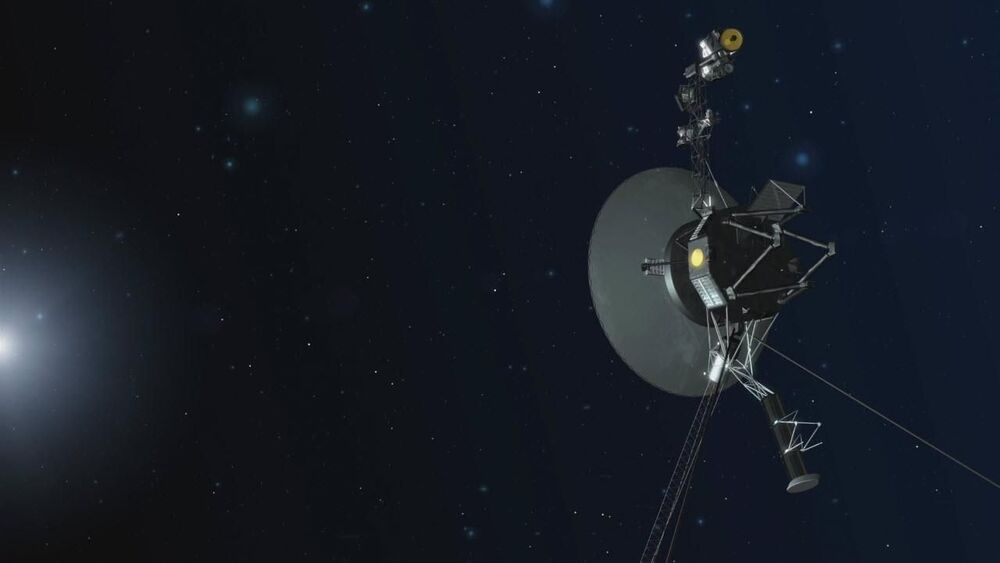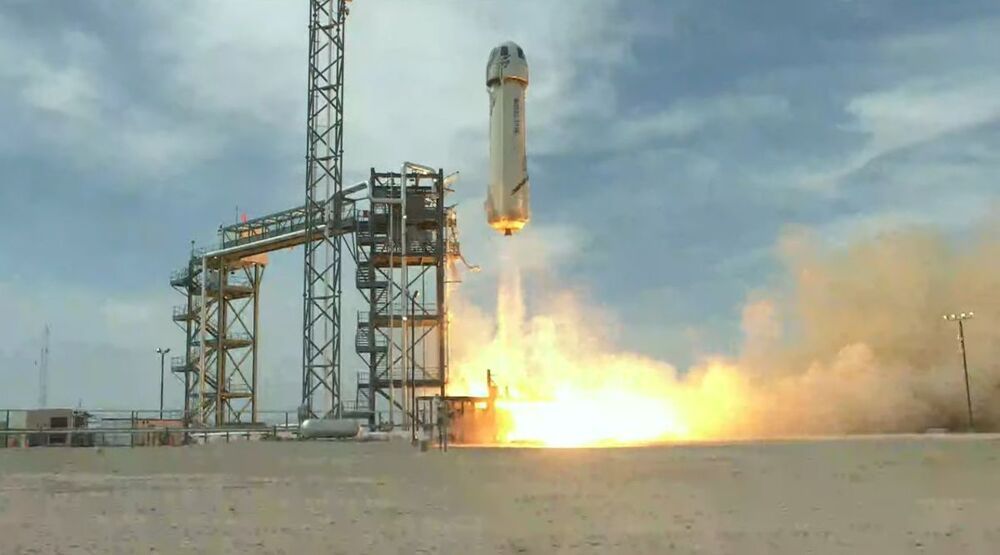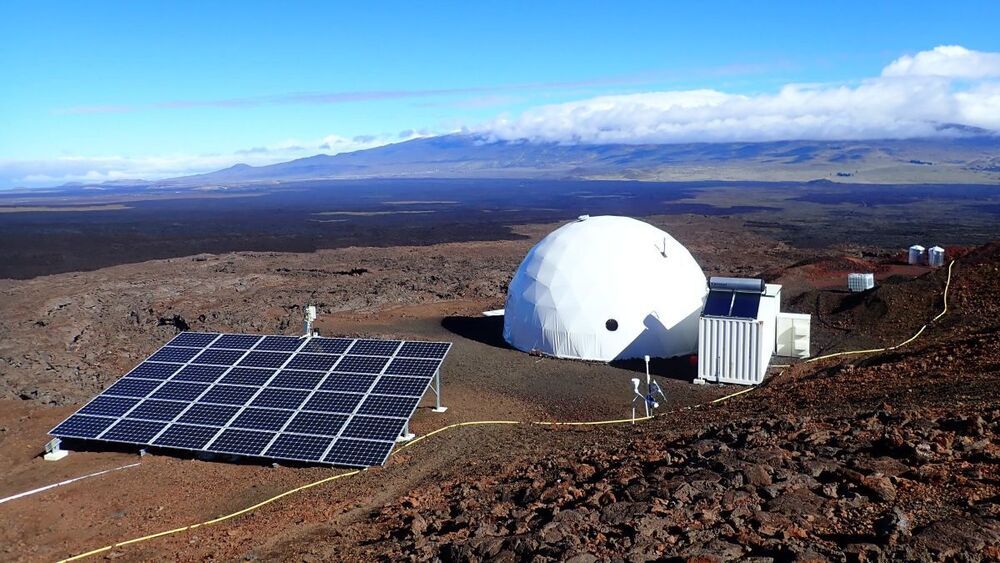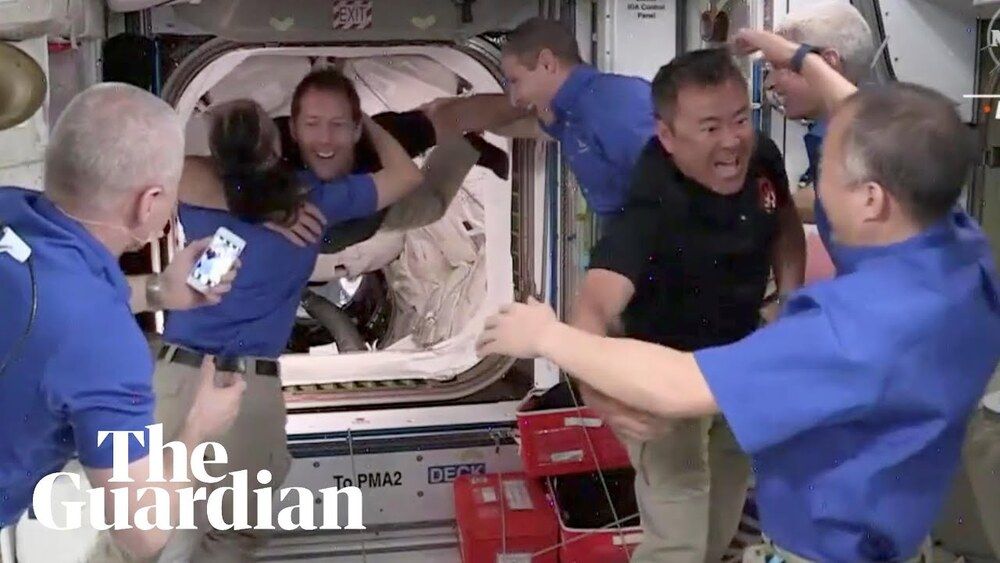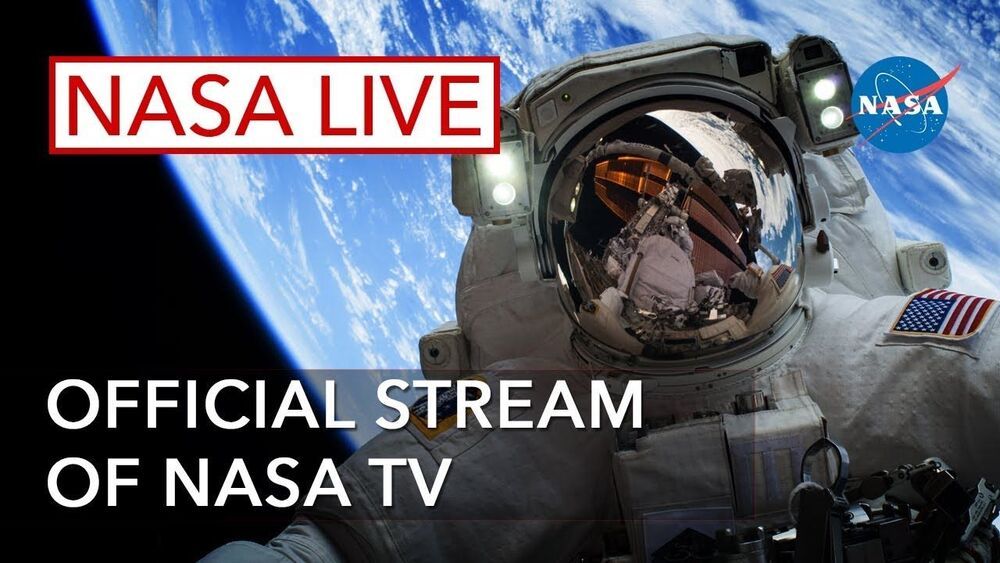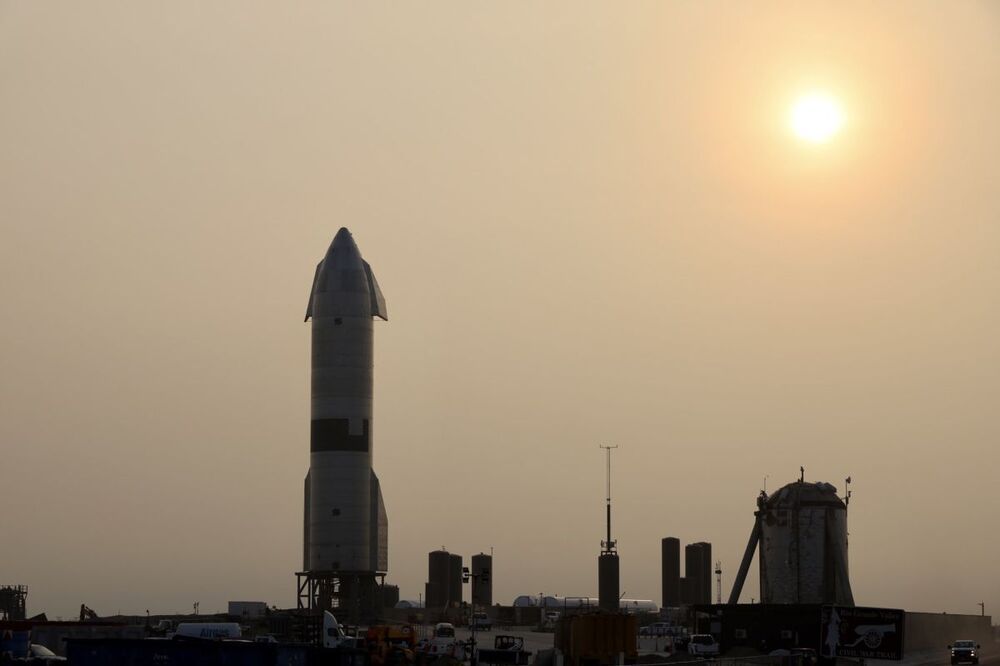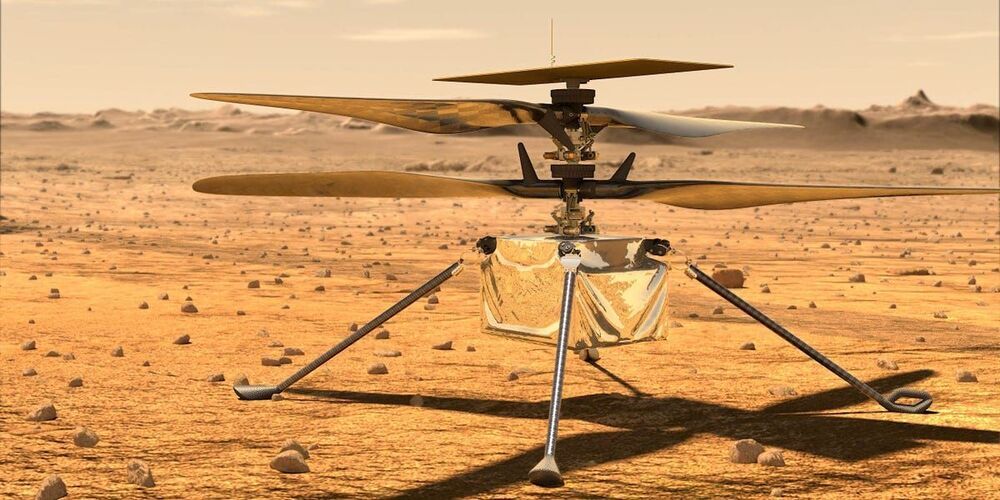SpaceX and NASA are targeting Saturday, May 1 at 8:35 p.m. EDT, or 00:35 UTC on May 2, for Dragon to autonomously undock from the International Space Station (ISS) and splashdown off the coast of Florida on Sunday, May 2 at approximately 2:57 a.m. EDT, 6:57 UTC, completing its first six-month operational mission to the Station.
A series of departure burns will move Dragon away from the orbiting laboratory, followed by the vehicle jettisoning the trunk to reduce weight and mass to help save propellant for the deorbit burn. Once complete, Dragon will re-enter Earth’s atmosphere and deploy its two drogue and four main parachutes in preparation for a soft water landing.
Aboard the spacecraft will be NASA astronauts Mike Hopkins, Victor Glover, Shannon Walker, and JAXA astronaut Soichi Noguchi, who flew to the space station on Dragon six months ago when Falcon 9 launched the spacecraft from historic Launch Complex 39A (LC-39A) at Kennedy Space Center in Florida on Sunday, November 15, 2020.
Upon splashdown, the Dragon and the astronauts will be quickly recovered and returned to Cape Canaveral and Houston respectively. Once the mission is complete, Dragon will be inspected and refurbished for future human spaceflight missions.

